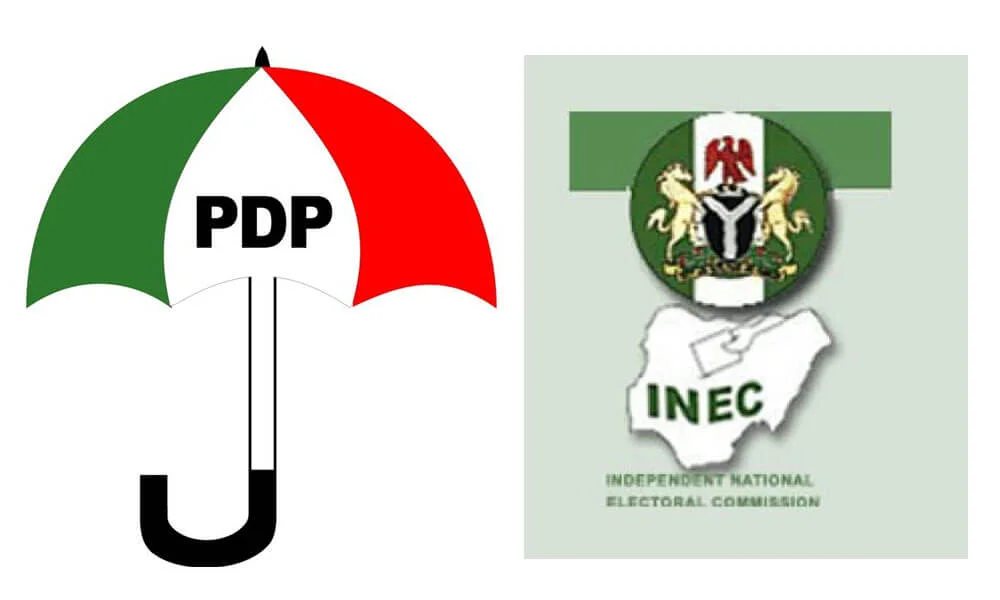The true power of data isn’t in the charts we present or the dashboards we build, it’s in the decisions it enables before a crisis unfolds. That principle has guided the work of Eretoru Robert, a Nigerian data scientist whose career has been defined by one mission: building intelligent systems that think ahead.
In a field often driven by automation and scale, she has taken a more grounded route, one that prioritizes local relevance, human needs, and long-term adaptability. Her work is not about predictive models in isolation, but about designing ecosystems where those models belong, function, and deliver.
Over the past several years, she has shaped data-driven projects across financial services, businesses, and grassroots development. Her approach often begins with the same question: what signals are we ignoring? From that foundation, she builds systems that don’t just mirror past behavior but identify invisible trends, patterns that can inform resource allocation, policy shifts, and smarter outreach.
Her real impact lies in how she links data architecture with long-term business strategy. In one of her most recent projects, she led the design of a modular data intelligence toolkit for growing enterprises particularly those without full-scale IT departments. The system allows teams across operations, sales, and customer service to plug into a shared infrastructure, access unified insights, and make data-driven decisions without deep technical knowledge. This modular design has proven essential for businesses operating with lean resources, helping them overcome limitations in staffing, bandwidth, and in-house analytics expertise.
She has also emerged as a thoughtful contributor to regional dialogues on ethical data use. Rather than focus on technical supremacy, she advocates for scalable, accessible frameworks that prioritize civic trust, adaptability, and context-first engineering.
As governments and industries across Africa move toward digitization, there’s a growing recognition that infrastructure is informational. And for that infrastructure to be effective, it must be intentionally designed, contextually aware, and future-facing.











